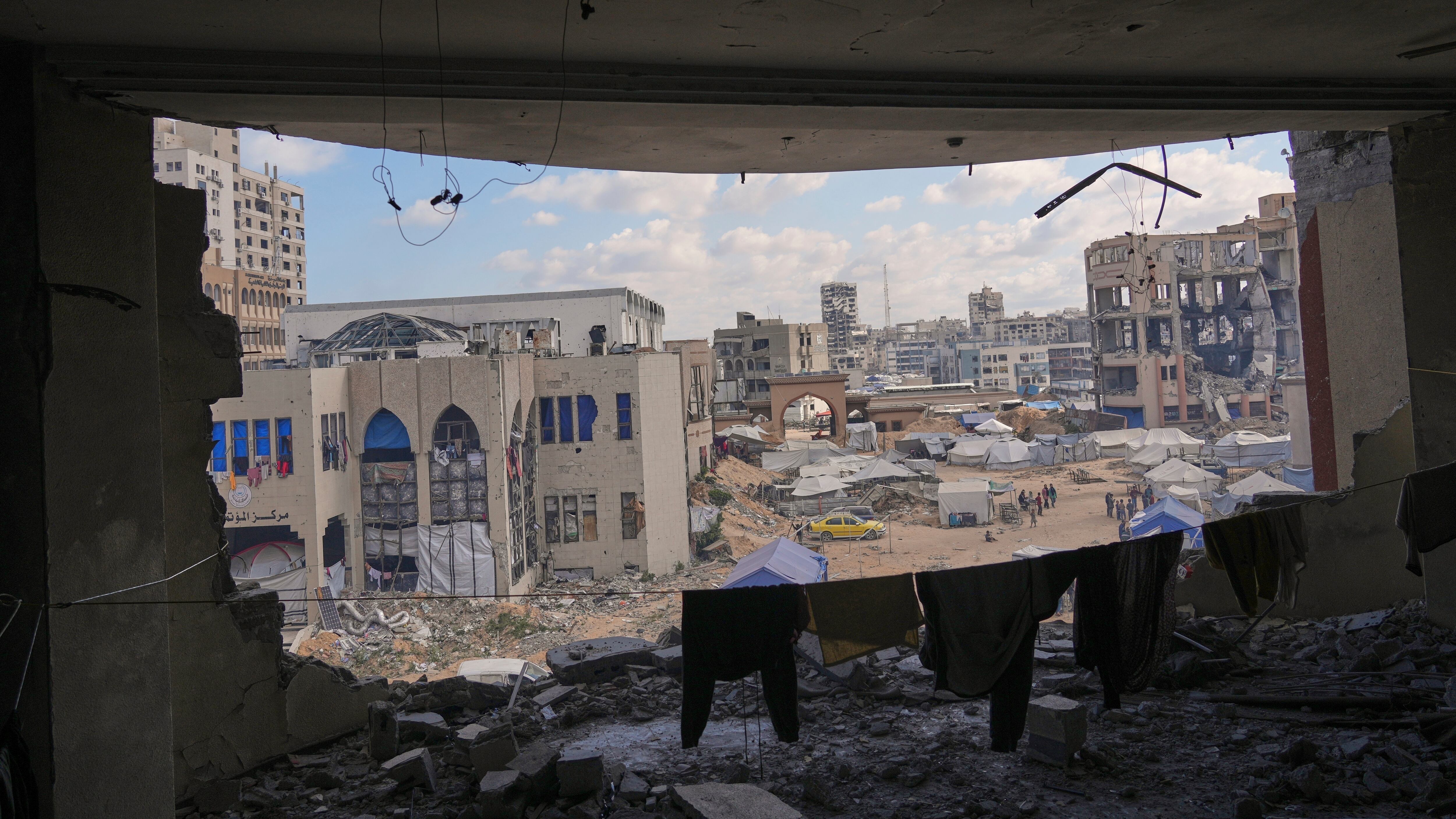The government of Israel approved on Monday a new military plan that includes taking control of the Gaza Strip and maintaining a prolonged presence in the Palestinian territory. This measure would involve a significant expansion of current operations and could provoke strong rejection from the international community.
PUBLICIDAD
Prime Minister Benjamin Netanyahu reported that the cabinet approved a major operation in Gaza that will include mobilizing the civilian population to protect it. In addition, the new plan establishes that Israel will take control of aid distribution, arguing that Hamas diverts resources to strengthen its government in the area. However, a spokesperson for the UN Humanitarian Office denied significant diversions, ensuring that the organization has strong mechanisms in place to prevent such situations.
PUBLICIDAD
The Israeli government has held talks with various countries about the plan to take control of Gaza and promote the departure of its population under the concept of voluntary emigration. This proposal has been rejected by several nations, including Israel’s European allies, and has been described by human rights organizations as a possible violation of international law.
When would the new plan of Israel be implemented?
Although the details and schedule for its implementation have not been officially disclosed, the plan was approved just a few hours after the Chief of the Israeli Army Staff announced the mobilization of tens of thousands of reservists.
The initiative could also represent an additional attempt to pressure Hamas in the context of negotiations for a possible ceasefire.
A source told The Associated Press that the operation will not start until after U.S. President Donald Trump completes his planned visit to the Middle East this month, leaving open the possibility of a temporary truce.
It is not the first time that Israel takes control of Gaza
Israel had withdrawn from Gaza in 2005, after decades of occupation, and along with Egypt, imposed a blockade on the territory.
Taking back control of the region and staying there indefinitely would be a severe blow to Palestinian aspirations for independence, as well as raise questions about how Israel would administer the area in a context marked by hostility from the local population. This new strategy is part of a context in which the implementation of a plan proposed by Trump to take control of Gaza is being evaluated.
Since the last ceasefire with Hamas was broken in mid-March, Israel has intensified its attacks in the area, leaving hundreds dead. Currently, it controls about 50 percent of the Gaza territory. Upon the resumption of the conflict, Israeli authorities also suspended the delivery of humanitarian aid, including food, fuel, and water. This decision has contributed to one of the worst humanitarian crises since the conflict began over a year and a half ago.
During the past weeks, Israel has intensified measures to force Hamas to accept its conditions in a potential ceasefire agreement. However, the group has not changed its demands.
Israel maintains that it will not accept ending the war as long as Hamas retains its political and military power structure. Meanwhile, Hamas seeks a resolution to the conflict without accepting a disarmament process.
The announcement of the military expansion by the Israeli government has caused concern among the relatives of people kidnapped by Hamas, who fear that an escalation of the conflict may compromise the safety of the hostages. The Forum of Hostages and Missing Families urged political leaders to prioritize negotiations to reach an agreement that allows for the immediate release of the captives.
